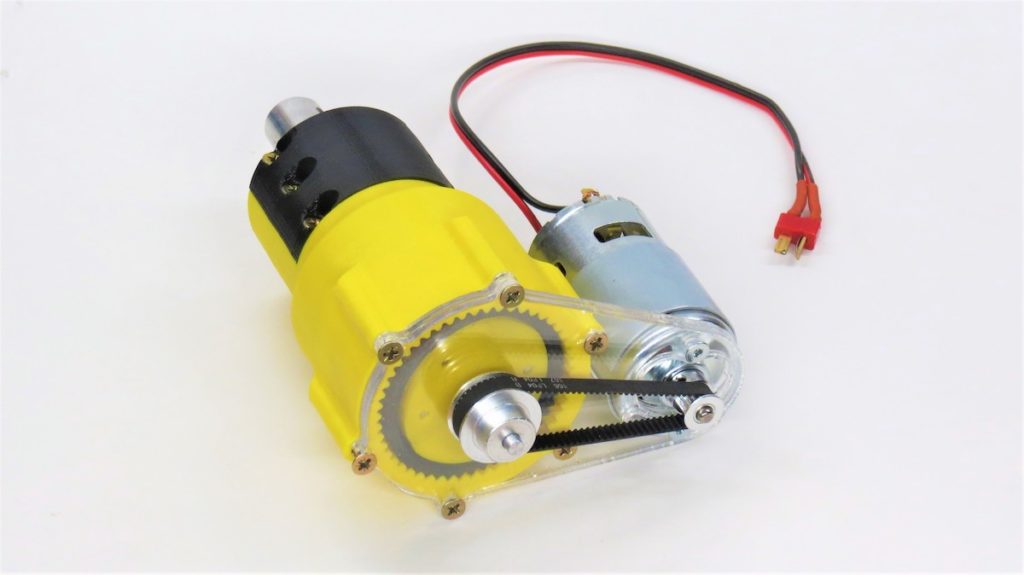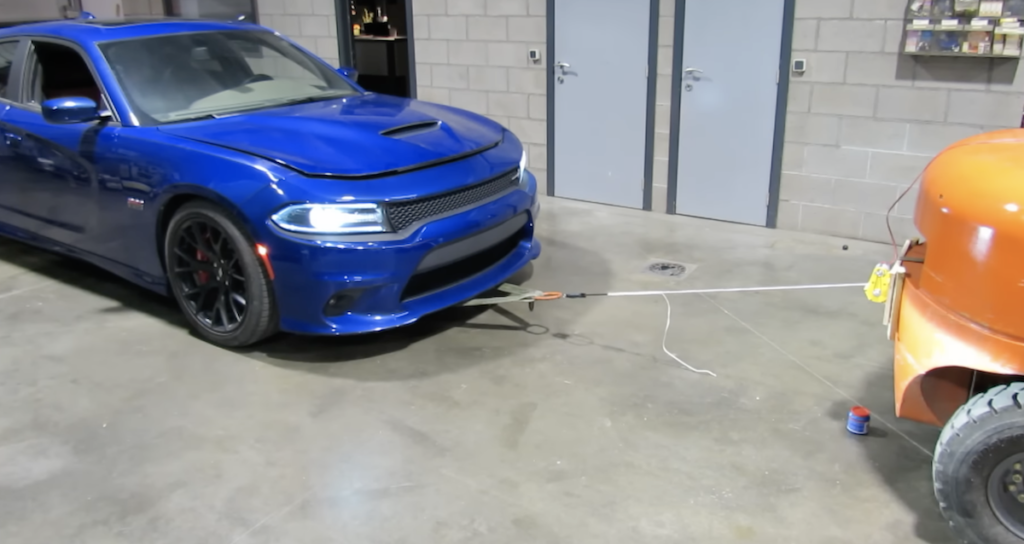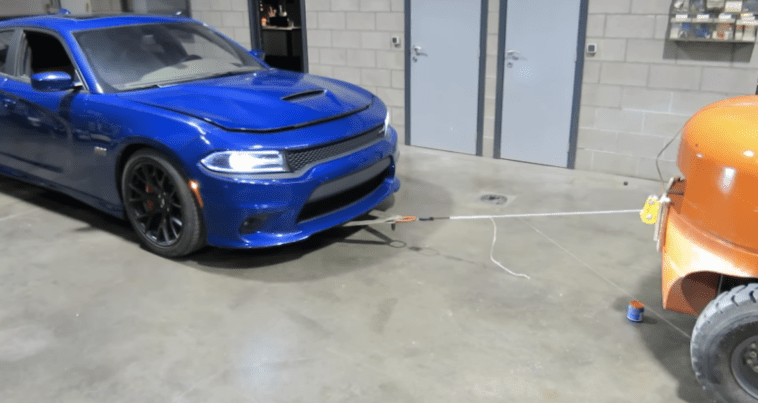
Mechanical advantage is arguably the most important engineering concept that humanity has ever learned to harness. By converting distance, like the length of a lever or rotations of a gear, into torque (and vice versa) we can overcome almost any physical challenge. But that distance can be an issue. For example, if you have an input gear 10mm in diameter and want a 100:1 reduction, your output gear needs to be a full meter in diameter. Strain wave gearboxes solve that problem and Brian Brocken’s video will walk you through how to build your own that is strong enough to pull a car.
To avoid meter-wide gears, engineers typically turn to gearboxes that incorporate several gears. Each gear multiplies the reduction of the preceding gear, so several gears can achieve dramatic reductions and one can arrange them in a compact space. But a strain wave, AKA “harmonic drive,” gear can achieve a similar reduction with just three parts: a wave generator, a flex spline, and a circular spline.

The circular spline is the outermost part and has inside gear teeth of conventional geometry. The flex spline meshes with that circular spline, but only at two opposite points. The wave generator, which is the input and innermost part, has an oblong shape and forces the flex spine’s teeth into contact with the circular spline. This odd arrangement causes the flex spline to push the circular spline forward by around one tooth per full revolution, resulting in a huge reduction. Brocken’s design produces a reduction of 54:1, which is incredible for the size. Because there are only two points where the gear teeth mesh, this produces less friction than a typical gearbox and has tighter tolerances thanks to the lack of gear backlash.
Most of the mechanical parts for this strain wave gearbox are 3D-printable, but you’ll need a way to control the DC motor that drives the gearbox. Brocken used an Arduino Nano board that fits onto a custom power distribution PCB. With that, Brocken can use a large power supply and allow the Nano to control a lBT2 H-bridge motor driver that handles up to 43A. Using a conventional brushed DC motor, this gearbox can produce about 3.75N*m. That’s similar to an 79cc internal combustion engine and is enough to pull a Dodge Charger across a flat surface.
Website: LINK


